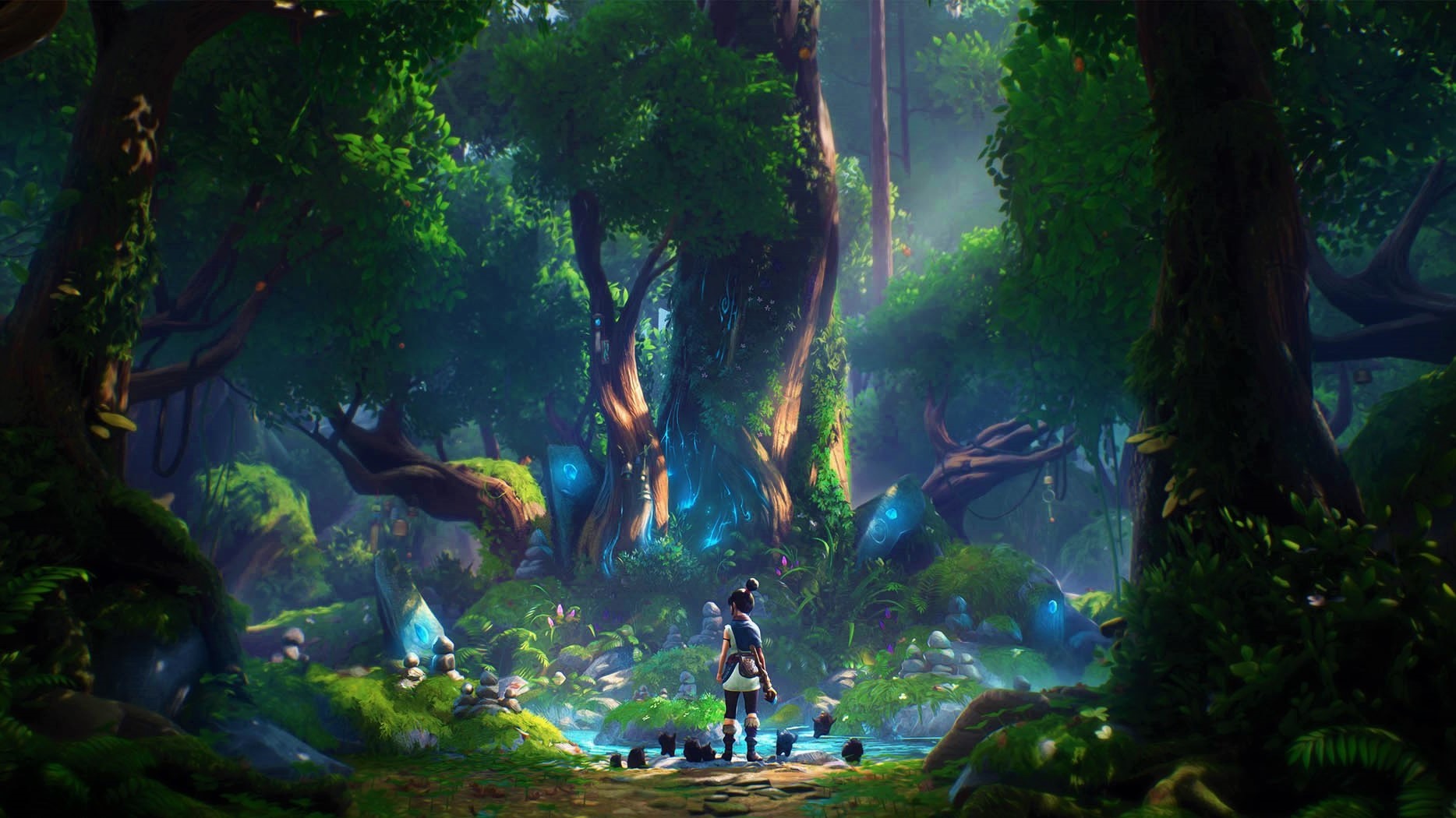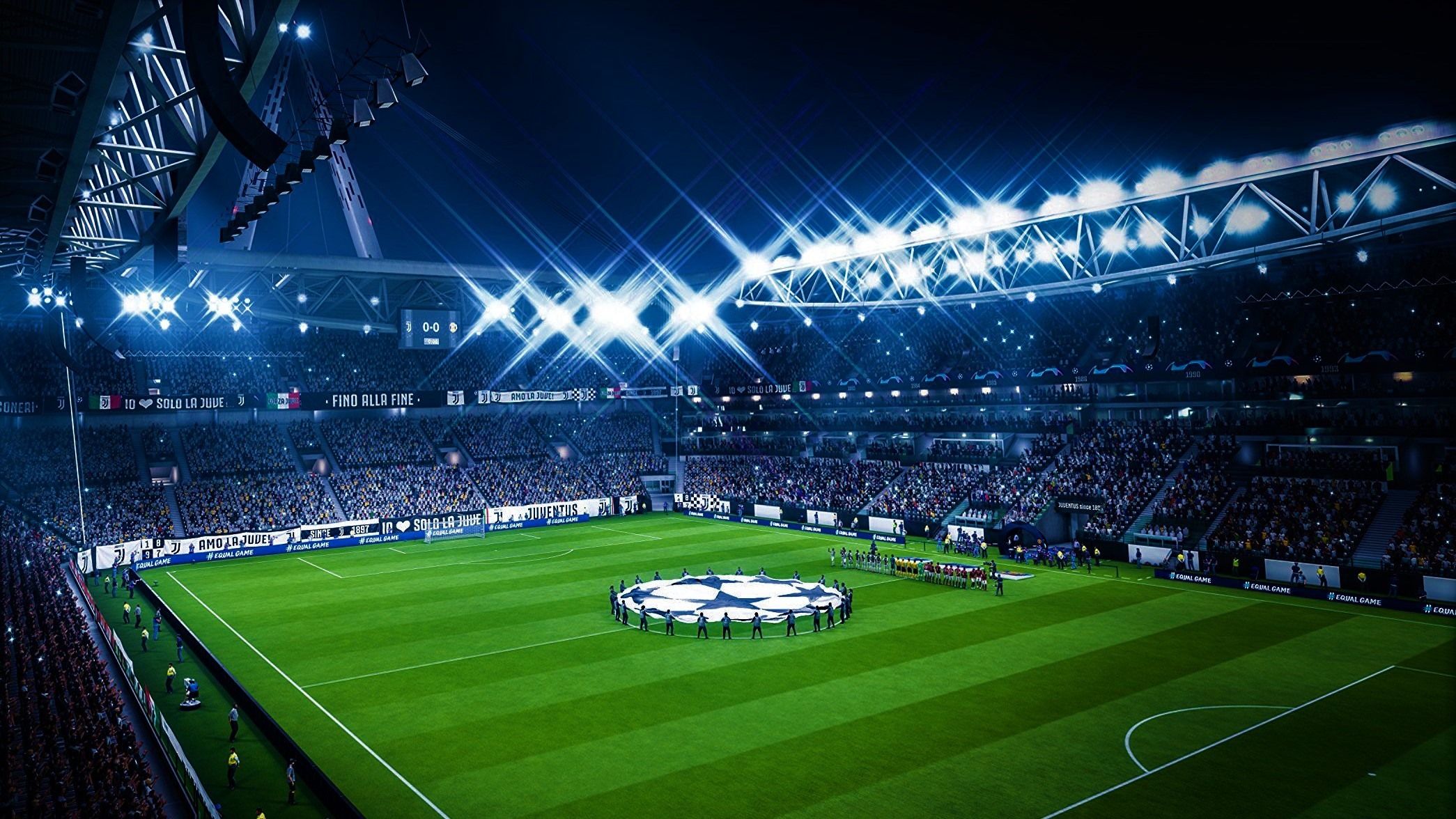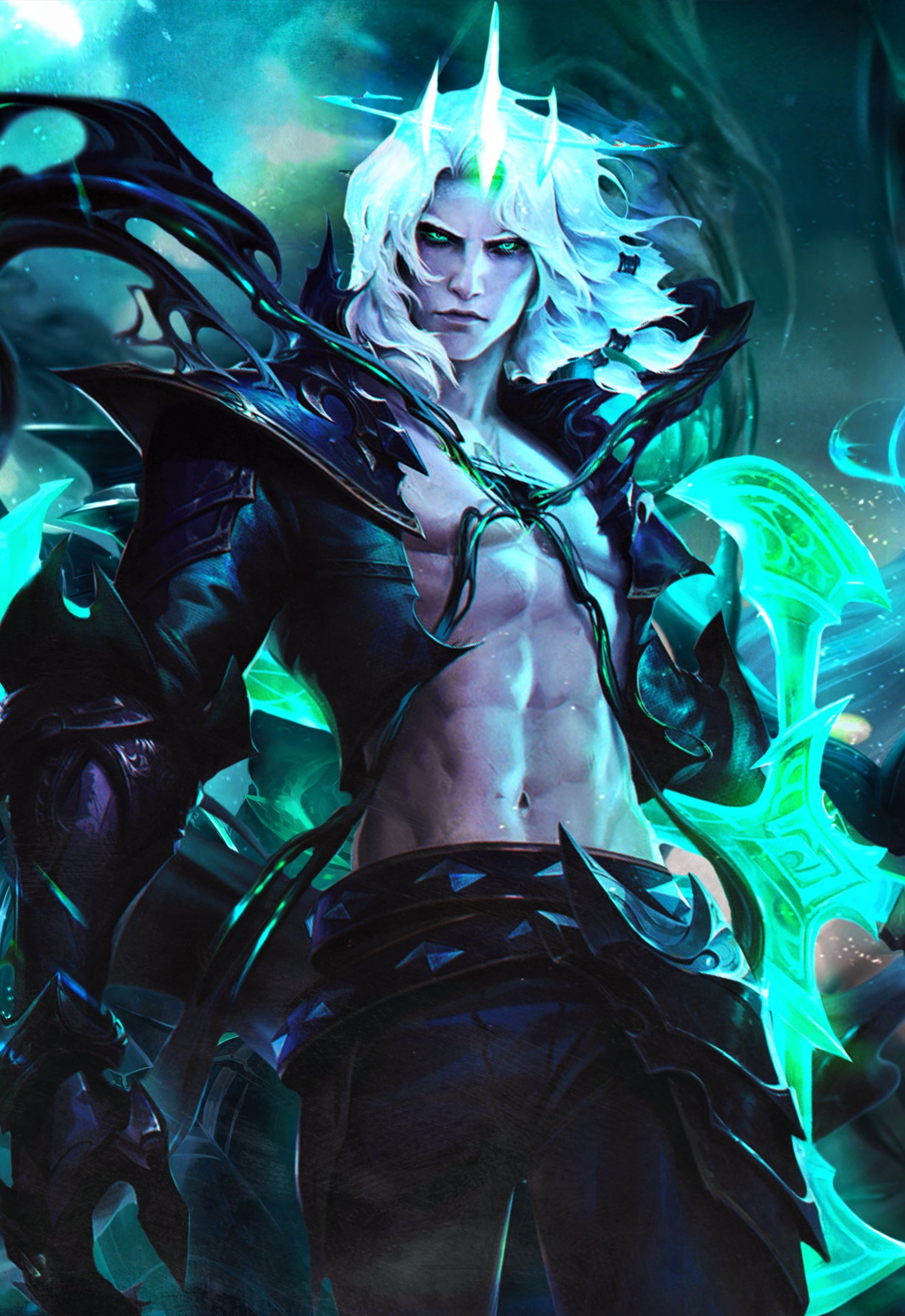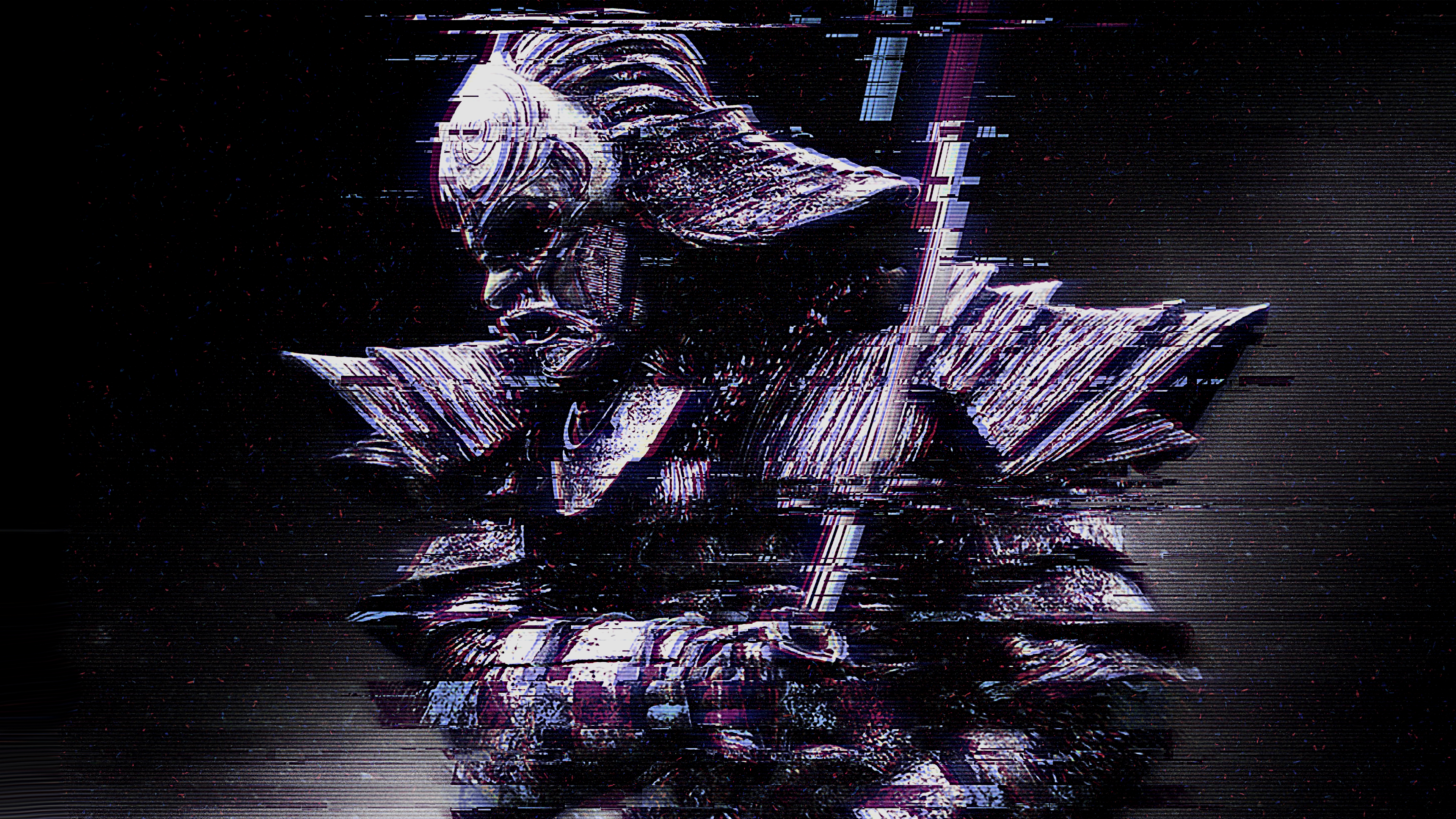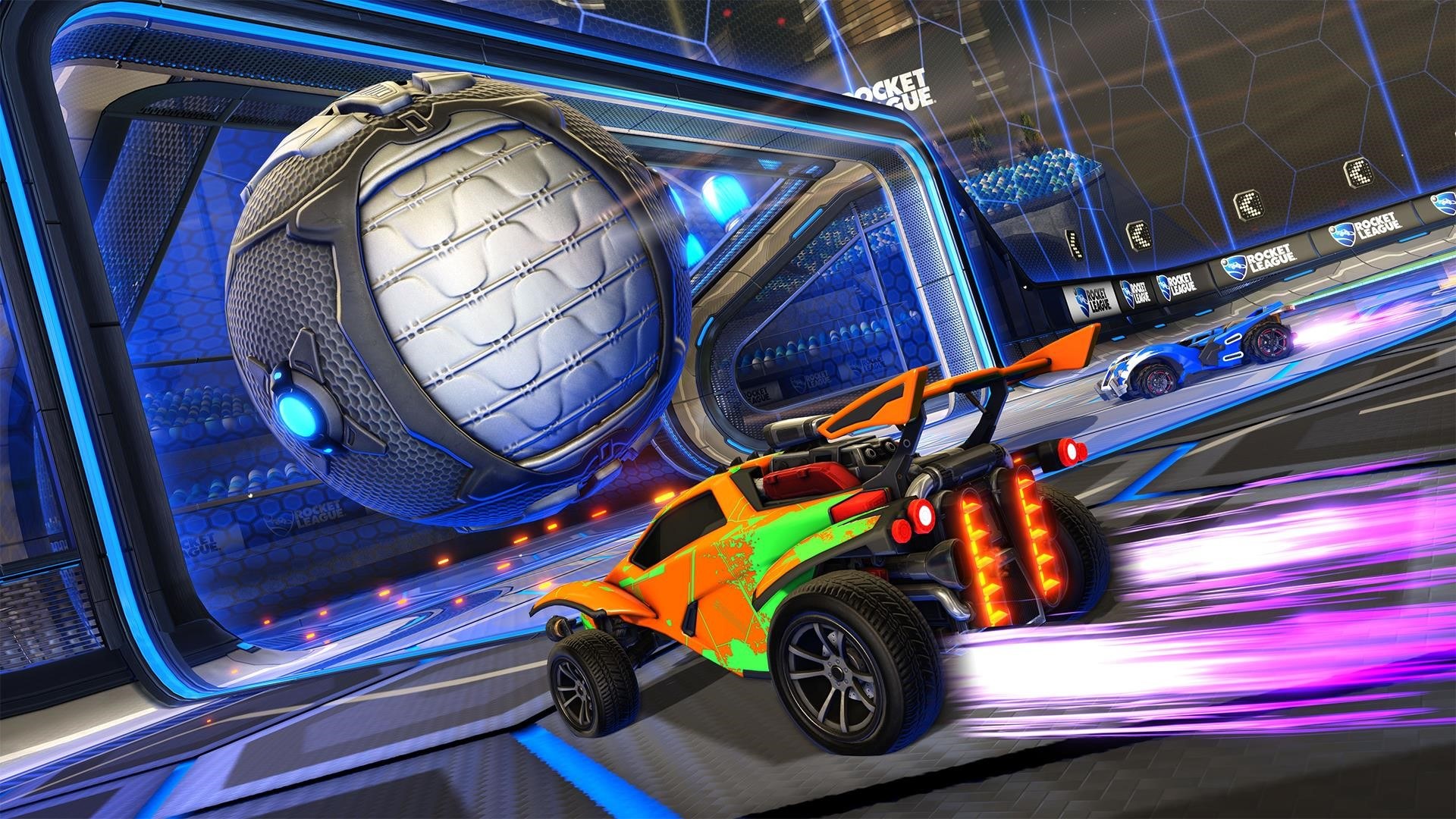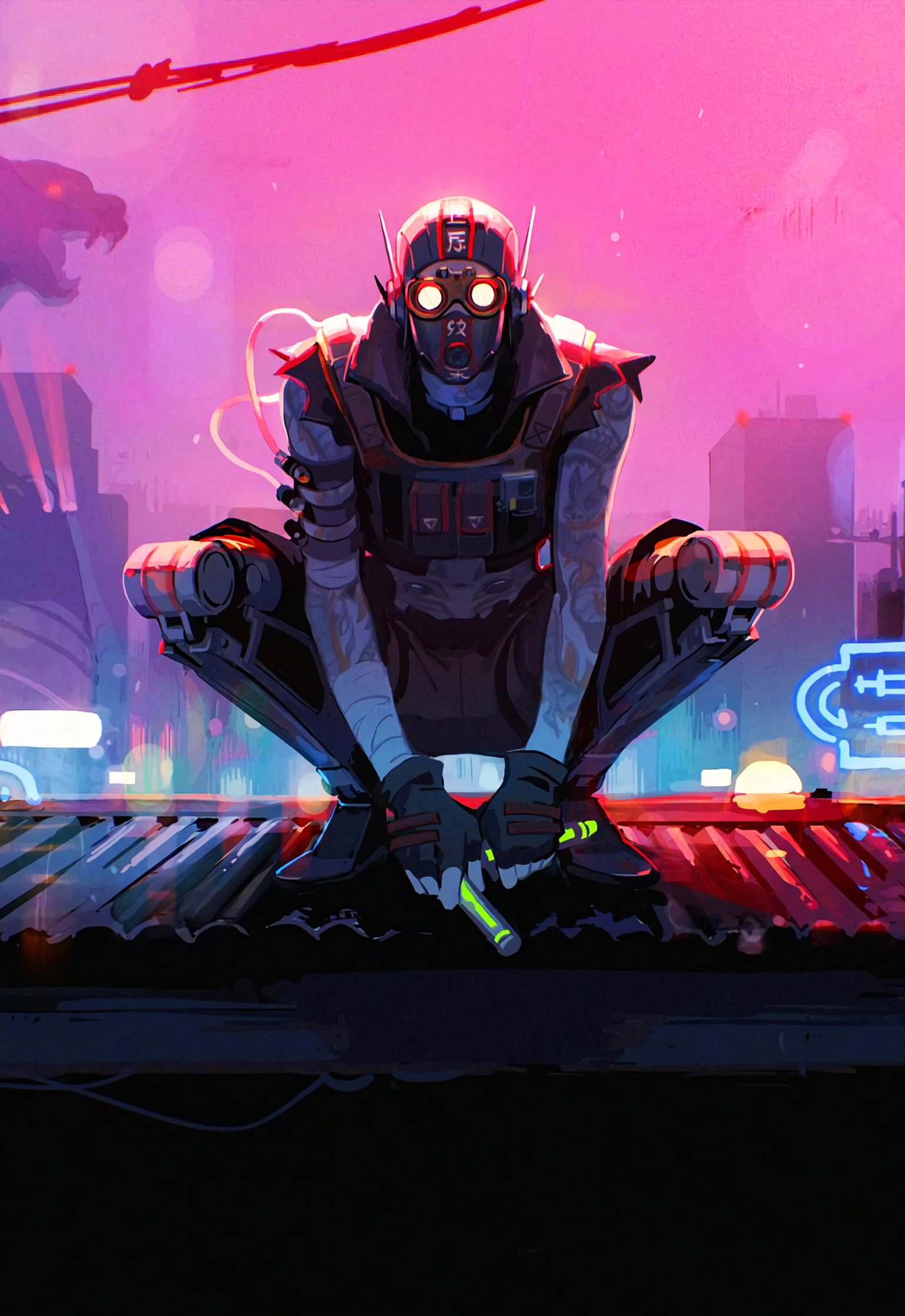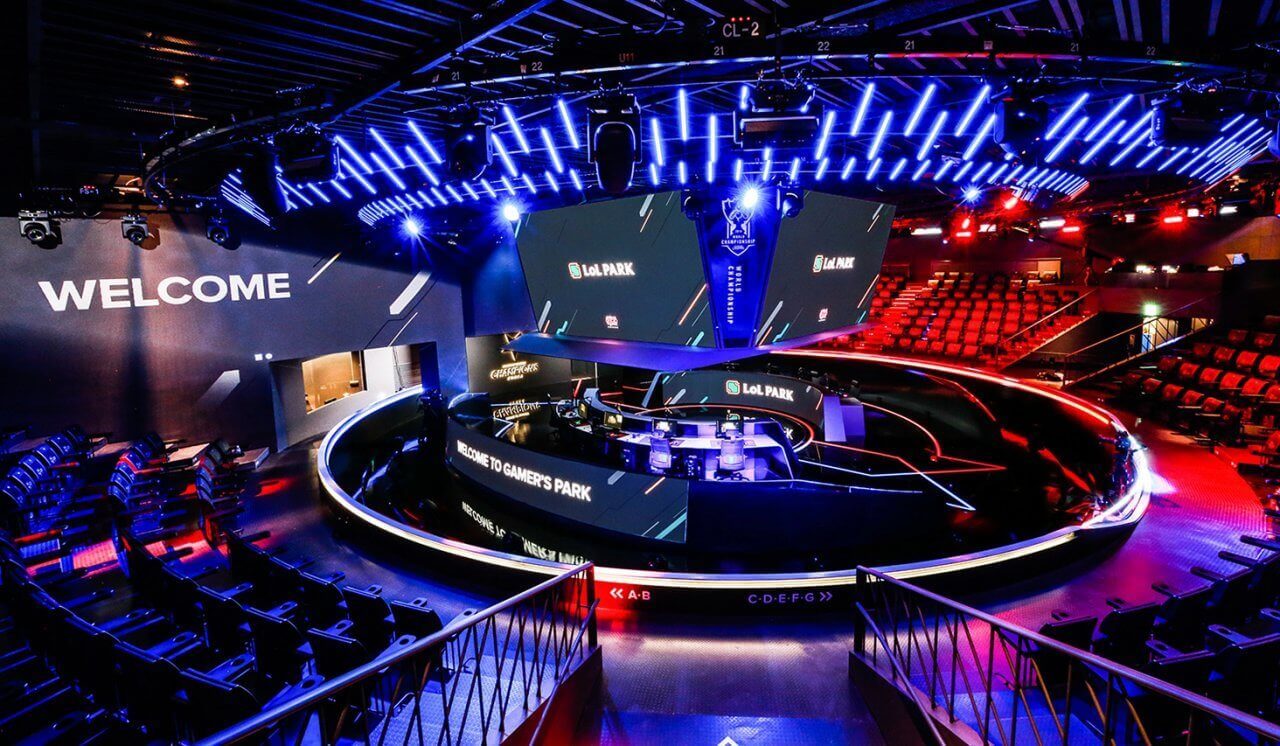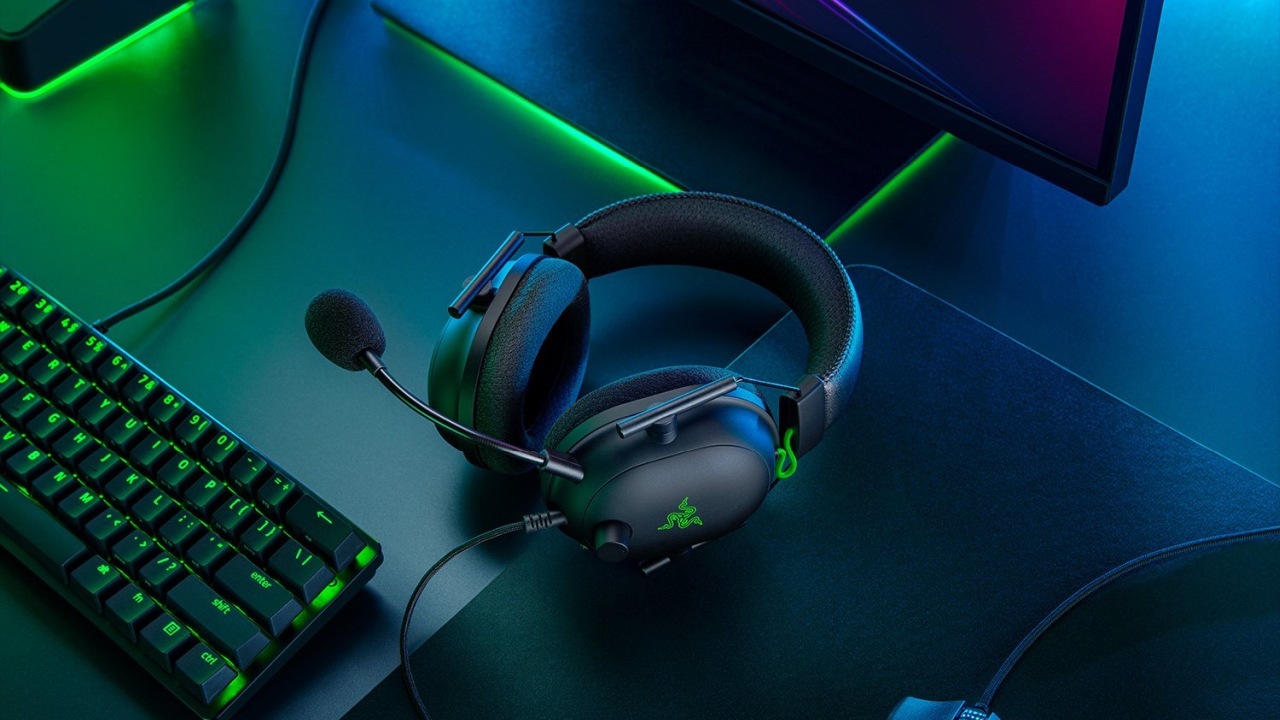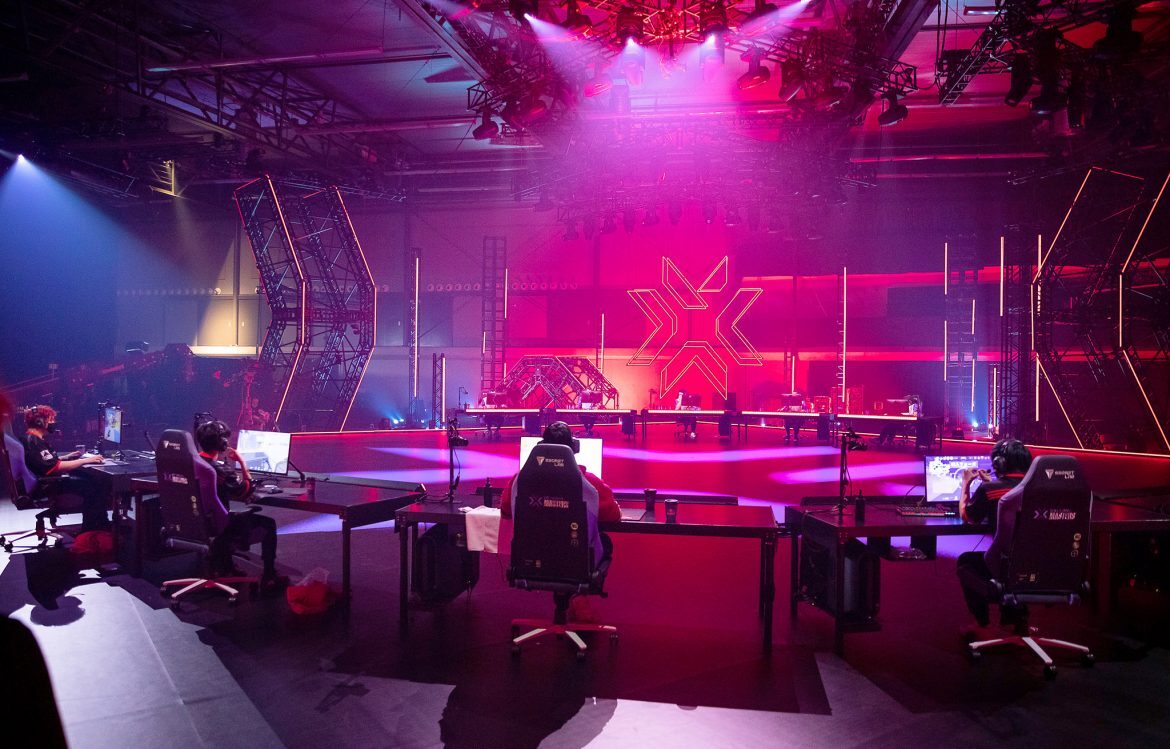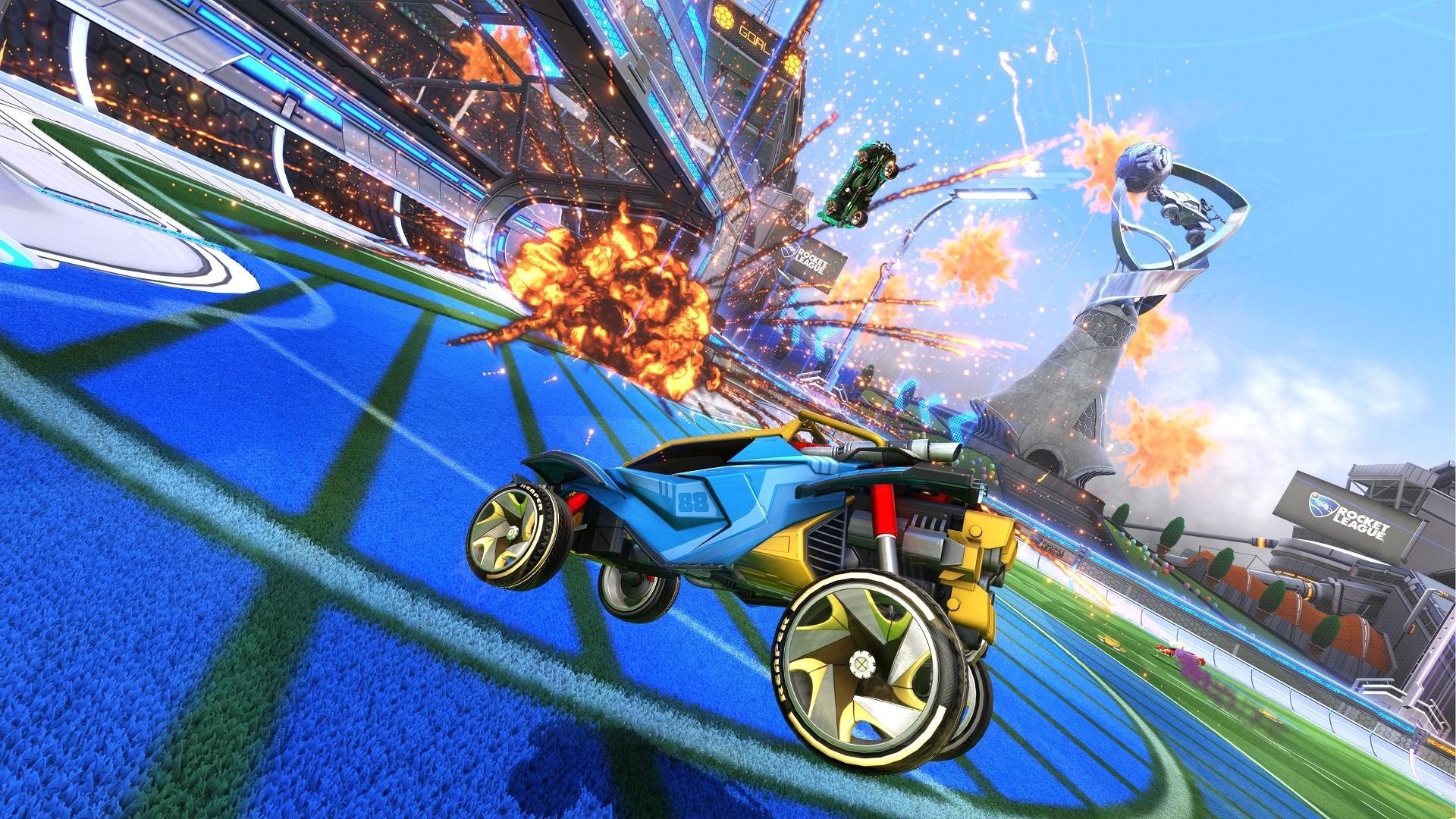The world of Rocket League ranks is a complicated topic. Our guide will tell you how the ranking system in Rocket League works, including the influence of MMR and ranked disparity and why it's worth ranking up.
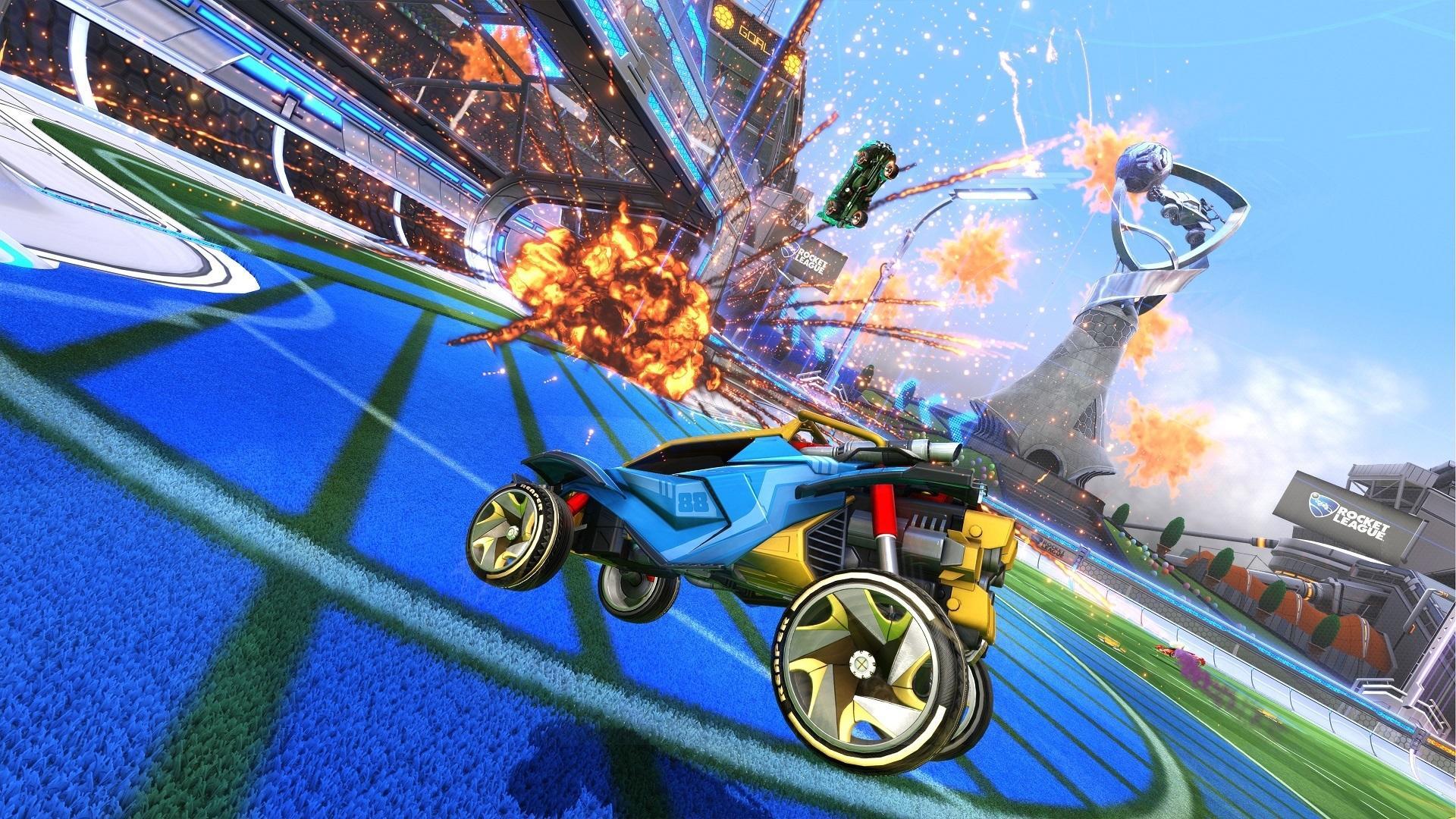
In Rocket League, Ranked play and ranks in general are extremely important. It's not just about getting you from unranked to those upper tiers, but also about understanding the effect that this system has on the game itself.
That's the thing about Rocket League ranks – they are essential to make the game challenging, fair and interesting, but they are not really the game's make-or-break system. All of this being said, we're going to take you through everything there is to know about Rocket League ranks.
Rocket League Ranks Explained
The Rocket League ranking system relates to gameplay made in the game's ranked/competitive mode. Here, players progress their way through the ranks after completing a placement round of ten matches that will place them in a starting rank. Each of Rocket League's three most popular queues features a ranking system:
- 1v1 playlist
- 2v2 playlist
- 3v3 playlist
It doesn't matter whether you're playing solo or with your friends: There are a total of 23 different tiers for you to climb. After completing the initial placement rounds, you will start your journey pretty far down and have to climb your way to the highest Rocket League rank "Supersonic Legend". To place here, you need to have exceptional talent at Rocket League, and be a super devoted player and fan.
Rocket League pros are often not even ranked this high, as they do not necessarily focus on climbing the ladder.
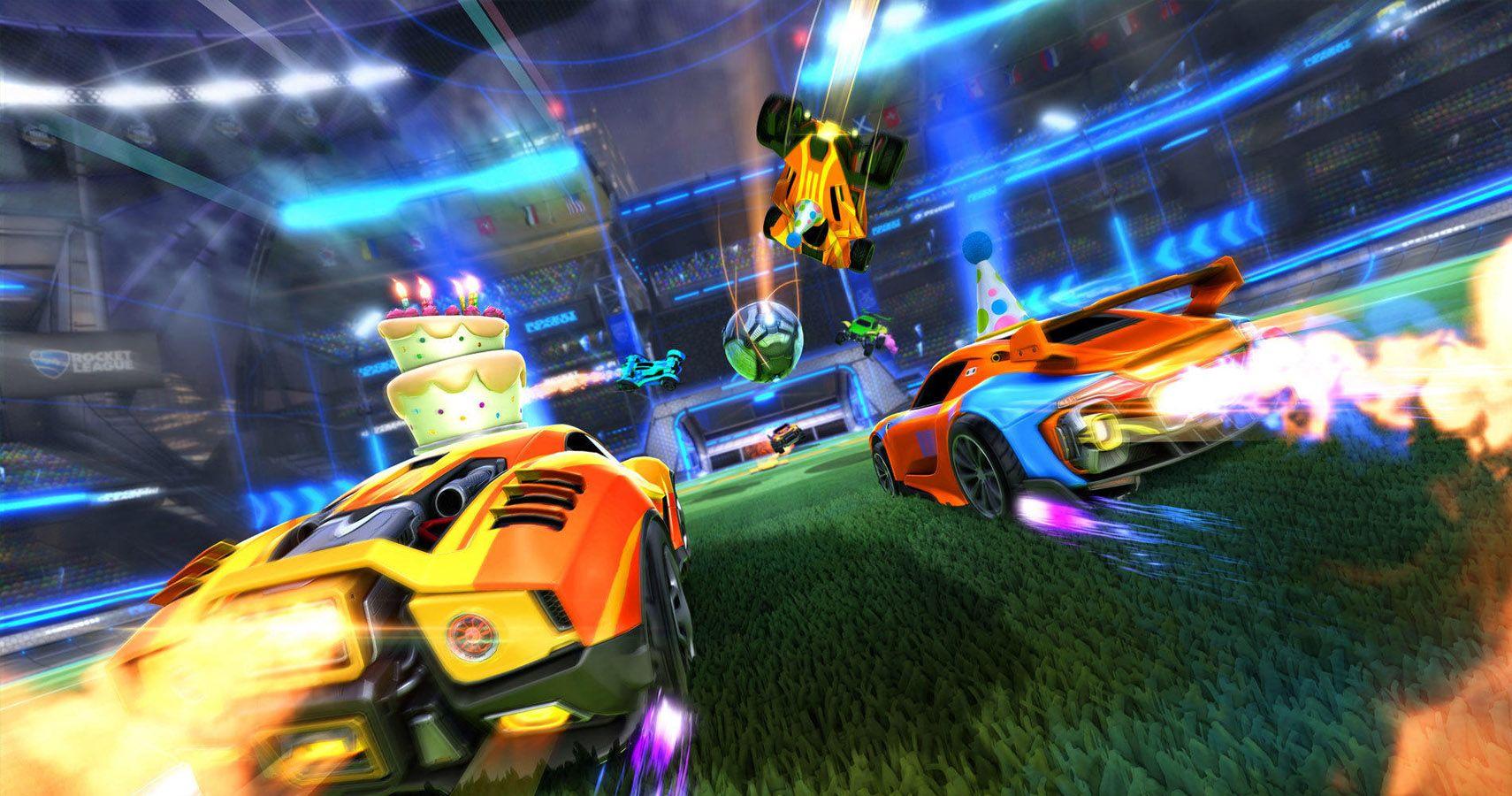
Of course, Rocket League also features some other game modes that you can try out if you just want to take a break and have fun in the arena. While 2v2 Hoops, 3v3 Dropshot, 3v3 Snow Day or 3v3 Rumble aren't considered "Ranked Modes" per se, you can still rank up. There are also important in learning different key aspects of the game – in Hoops, for example, the player needs to be good at aerial duels to compete.
All Rocket League Ranks From Best to Worst
There are nine different ranks in Rocket League, and it's a pretty similar system compared to other popular games like League of Legends. You can see the symbols that represent the nine ranks below:
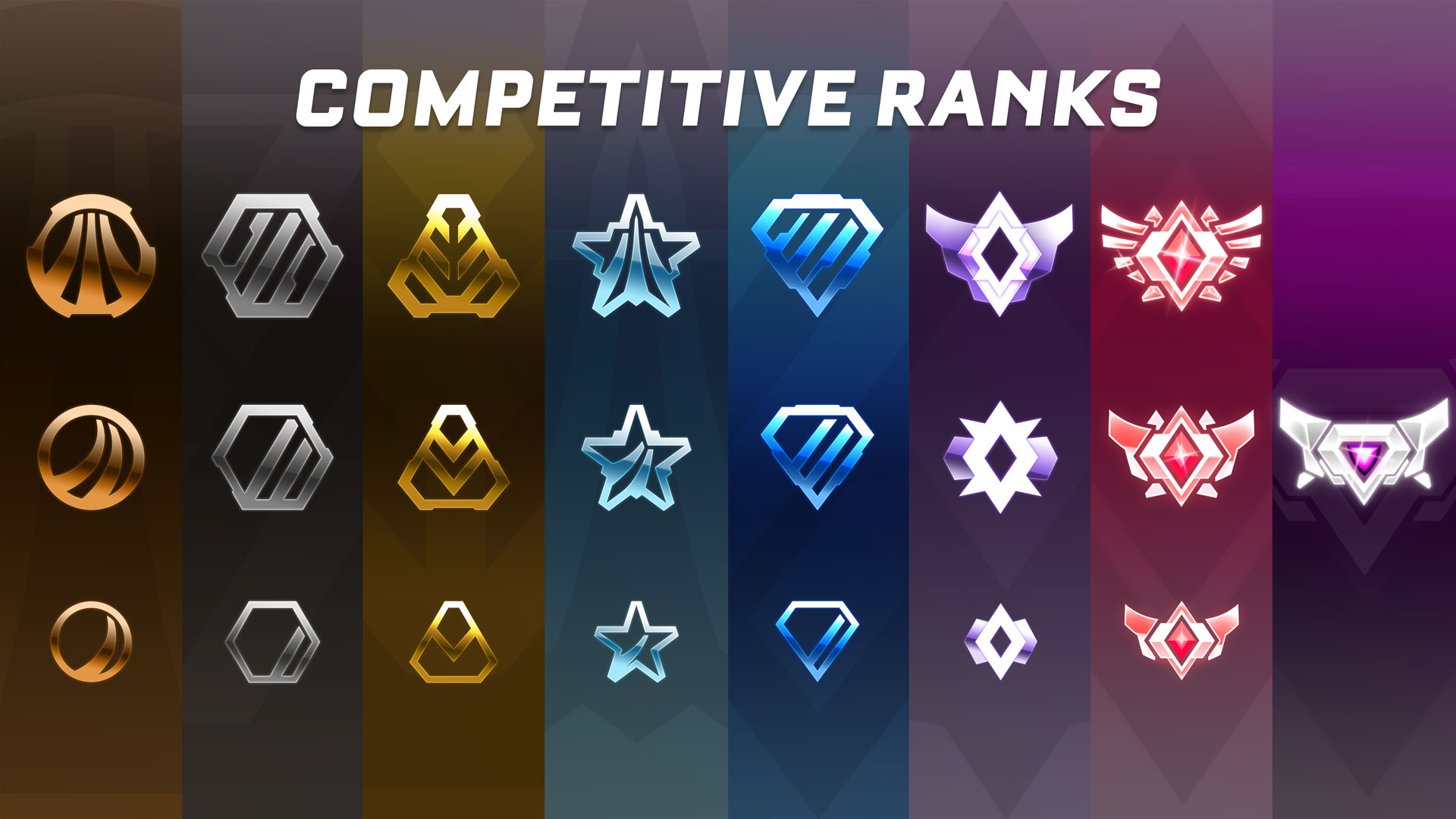
When you start playing Rocket League, you will most likely find yourself in either Bronze or Silver. Over time, you'll get better at the game and compete against better opponents on a higher level. While the Rocket League rank distribution differs throughout the individual game modes and seasons, the average rank is somewhere between Gold II and Champion I most of the time.
Yes, that's right... each rank (like Bronze, Silver, Gold) is split into three tiers. Most of the ranks in Rocket League are similar, but there are small differences. Here are two important things to know:
- Each rank has 3 tiers (except Unranked or Supersonic Legend)
- Each tier has 4 smaller divisions
For example... let's say you're playing in Platinum III Division 4. If you win some games, you can move up to Diamond I Division 1 (or maybe 2). In simple words: By winning, you first move up in Division, then in part, and then in overall rank.
Also, if you leave a ranked game in Rocket League before it ends, you can't play another one for five minutes. If you leave early twice in 12 hours, you can't play for ten minutes. This is to stop players from leaving ranked games early, which can mess up the Rocket League ranking system.
Rocket League Ranks: The Influence Of MMR And Ranked Disparity
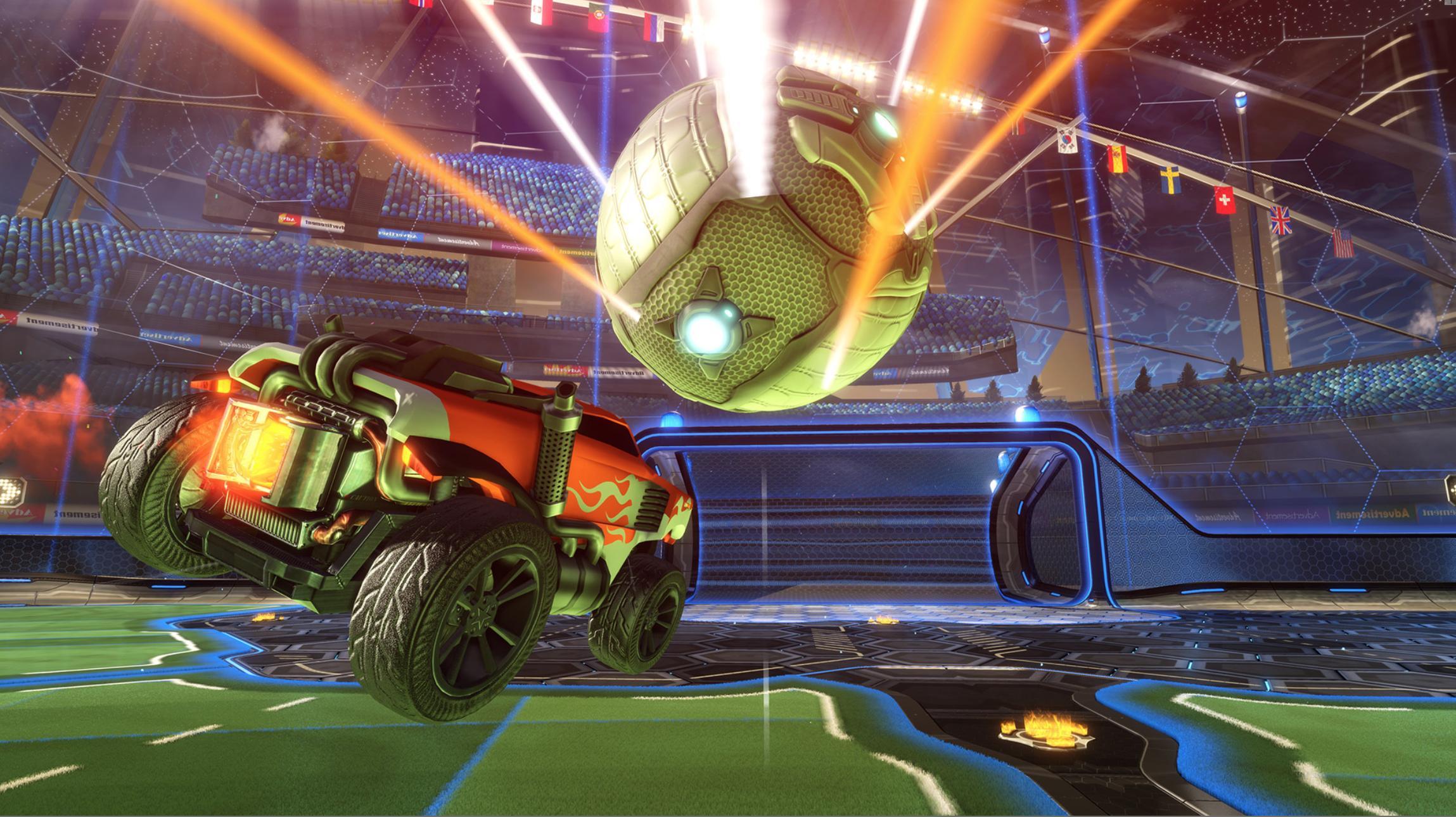
To combat smurfing and creating a fun and fair ranking atmosphere for everybody, Psyonix introduced Ranked Disparity a while ago. Basically, it's a system to balance Competitive Play – players need to be within a certain amount of ranks of one-another to queue up ranked. That's actually it... quite simple, right? However, if you want to dive deeper into the topic, check out our guide about Rank Disparity in Rocket League.
MMR (Matchmaking rank) is one of the most important numerals in Rocket League. It determines the opponents that you will face off against in multiplayer – matches are played against players who are of a similar standing to you, with a combination of MMR and general ranked progression aiding you in your progress. Your MMR and rank may seem quite similar, yet so different... and that's kinda true.
Rocket League Ranked Rewards Or Why You Should Rank Up
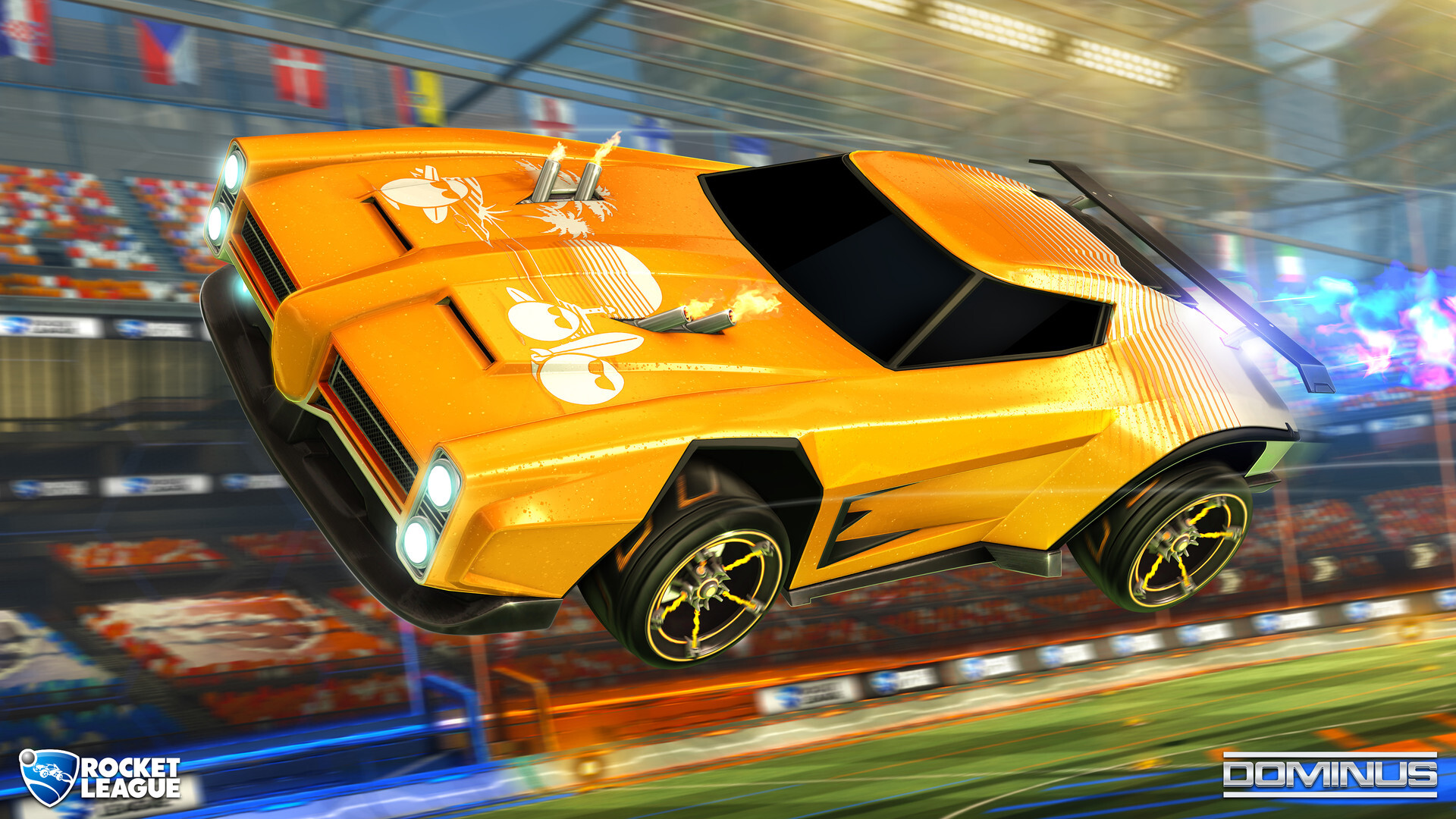
Ranking up in Rocket League is relatively easy if you have the time to devote to it, as it just requires a ton of practice and a ton of victories. It's up to you if that seems worth it, but keep in mind that ranked or competitive rewards await you at the end of each season. What you'll get depends on what rank you achieved in one of Rocket League's three main modes.
That's also the main difference compared to the Rocket Pass rewards, as you can also get some XP by losing your matches. In order to get the competitive rewards, though, you MUST win. A lot. Using some of our guides like "How to Get Better in Rocket League" or "The best camera settings in Rocket League" may help you do so.
Well, there you have it, folks: everything that you could possibly need to know about Rocket League ranks. We hope that this article helps you get a better understanding of how the system actually works. With that being said, have some fun, enjoy the current Rocket League season to the fullest and be nice in chat!


